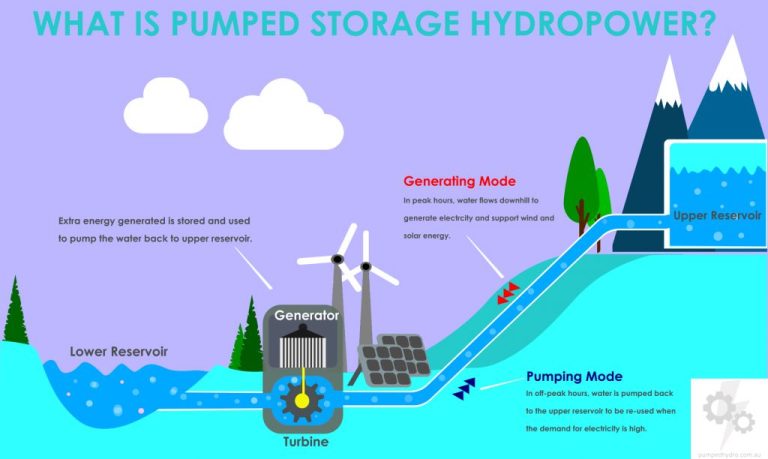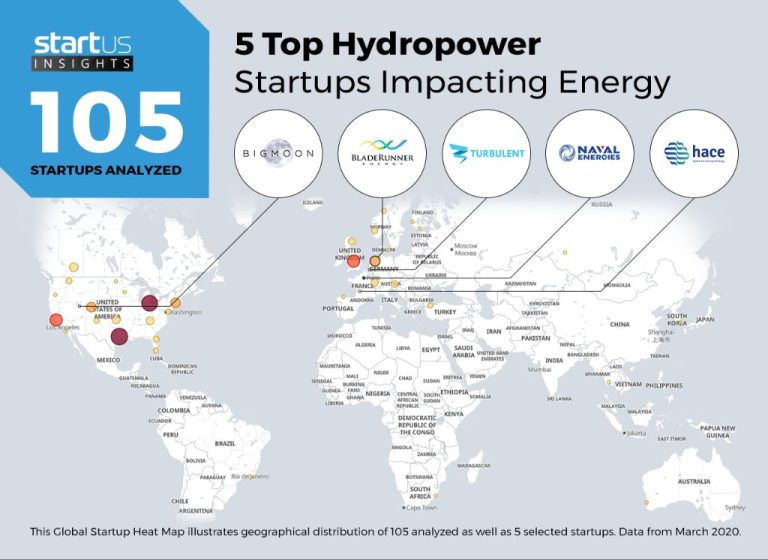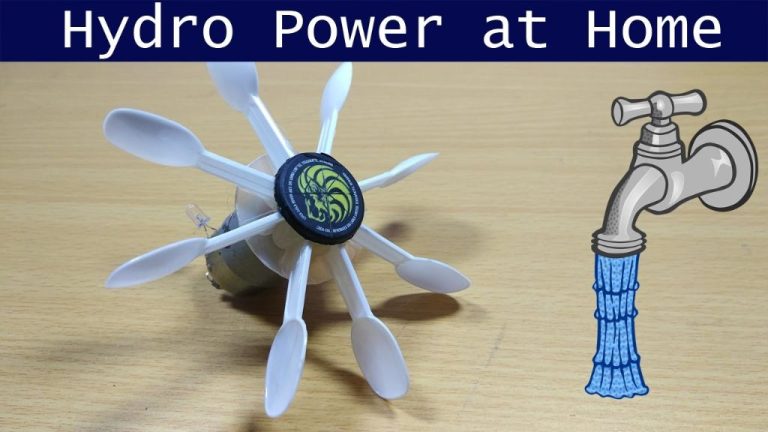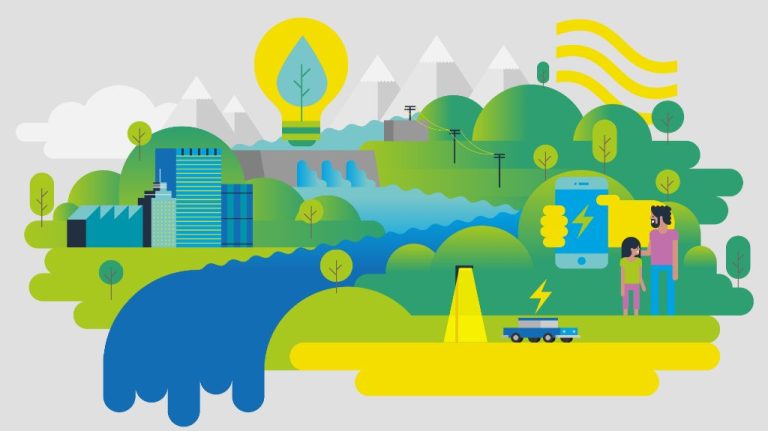What Type Of Electricity Does The Yangtze Provide?
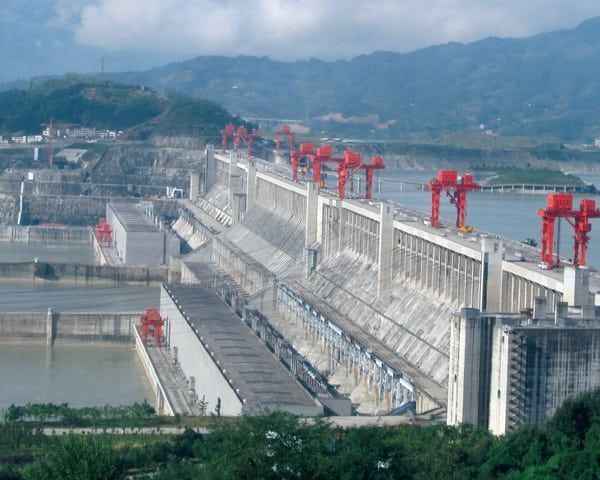
The Yangtze River, spanning over 6,300 km across China, is the longest river in Asia and the third longest river in the world. Known in China simply as “Chang Jiang” or the “Long River”, the Yangtze has been vitally important throughout China’s history, serving as a major transportation artery, an abundant source of irrigation and hydropower, and home to rich biodiversity and ecosystems.
As China’s largest river system, the Yangtze has played a central role in the country’s cultural, economic and political affairs for thousands of years. The river basin supports nearly one-third of China’s population and generates around 40% of the country’s GDP, making it a critical engine of economic activity and development. With its headwaters high in the Tanggula Mountains of the Tibetan Plateau, the Yangtze flows across the breadth of China before emptying into the East China Sea at Shanghai.
The Yangtze’s size, power and resources have long attracted human settlement and activity along its banks and tributaries. Dynasties dating back to the Qin in 221 BCE have relied on the Yangtze for food production, transport and as a defensive barrier. Major cities like Chongqing, Wuhan and Nanjing all lie along the river’s path. For all its benefits, the Yangtze has also posed great risks due to catastrophic flooding, motivating ambitious engineering projects in modern times to try to tame and harness its waters.
Hydropower Potential
The Yangtze River has enormous hydropower potential due to its large flow volume and elevation drop along its length. As of 2024, the Yangtze’s installed hydropower capacity reached over 100 GW, accounting for about 30% of China’s total hydroelectric capacity[1]. Major dams along the river include the Three Gorges Dam, which is the world’s largest power station in terms of installed capacity at 22.5 GW[2].
The cascade of dams along the upper and middle reaches of the Yangtze provide stable and reliable electricity generation. With additional dams planned or under construction, the river’s hydropower potential is expected to continue expanding. By 2030, the total hydropower capacity on the Yangtze could reach 150 GW or more[3], cementing its status as the backbone of China’s renewable energy goals.
Major Dams
Several large dams have been built on the Yangtze River to produce hydroelectricity and control flooding. The three most important dams are the Three Gorges Dam, Xiluodu Dam, and Xiangjiaba Dam.
The Three Gorges Dam located in the Hubei province is the world’s largest power station in terms of installed capacity at 22,500 MW according to the Managing the Three Gorges Dam to Implement an Ecological Compensation Scheme for the Yangtze River Basin.
The Xiluodu Dam is the world’s third largest hydroelectric power station with a capacity of 13,860 MW and is located on the Jinsha River – the upper reaches of the Yangtze according to How many dams are there on the Yangtze River and what are their names?.
The Xiangjiaba Dam also on the Jinsha River has an installed capacity of 6,448 MW making it the fourth largest in China according to The drainage basin of Yangtze River with the locations of major dams and reservoirs.
Electricity Generation
The Yangtze River is home to some of the largest hydroelectric dams in the world, which generate massive amounts of electricity for China. The crown jewel is the Three Gorges Dam, the world’s largest power station in terms of installed capacity at 22,500 MW. Since coming online in 2003, the Three Gorges Dam has generated over 1,600 terawatt-hours (TWh) of electricity, making it by far the biggest source of renewable energy in China.
In addition to the Three Gorges Dam, there are two other mega dams on the Yangtze – the Xiluodu Dam (13,860 MW) and Xiangjiaba Dam (6,400 MW). Together with other smaller hydro plants, the dams on the Yangtze account for one-fifth of China’s total hydroelectric generation. The Yangtze has an enormous hydropower potential of up to 250,000 MW that China hopes to gradually develop in the coming decades.
Transmission Lines
The hydropower generated from the massive dams on the Yangtze River is transported to China’s population centers through an expansive network of ultra-high voltage (UHV) transmission lines. These lines allow electricity to be transmitted over long distances with minimal losses. For example, the Baihetan-Jiangsu UHV DC transmission project, which crosses the Yangtze River, transmits electricity 1,800 km from southwest China to the Yangtze River Delta with capacity of 8 million kilowatts (1). China has been rapidly developing its UHV transmission system; as of 2021, six major corridors transmit hydropower from dams on the Yangtze and rivers in southwestern China to load centers like Shanghai, Guangzhou, and coastal regions (2). These transmission lines allow China to balance electricity supply and demand across different regions.
To cross major obstacles like the Yangtze River, very long suspension transmission lines are built. For example, the 2,894 meter span crossing the Yangtze River in Anhui province is the world’s longest transmission line over a river (2). These engineering feats allow hydropower to be reliably delivered to China’s population centers thousands of kilometers away.
Reliability
Reliability of electricity from the Yangtze River dams is crucial for meeting peak demand across central and eastern China. The Yangtze River cascades, including the Three Gorges Dam, Gezhouba Dam, and Xiluodu Dam, provide vital baseload power to the electricity grid (Wu, 2019 [Source]). During peak usage hours in the summer, the dams regulate flows to ramp up electricity generation, helping avoid shortages and blackouts. According to research, improvements in electricity reliability from the Yangtze cascades boosted economic growth in the region by enabling greater industrial production and commercial activity (Wu, 2019).
Environmental Impacts
The Three Gorges Dam on the Yangtze River has had significant impacts on the surrounding ecosystem and habitats. According to a Vision Launch report, the dam has altered water tables, causing drought and increased erosion downstream (Source). Additionally, the Chinese Academy of Sciences found that the dam blocked fish migration, impacting populations upstream from their spawning grounds.
Research from the World Commission on Dams examining the Three Gorges Dam showed that the project flooded 660 km2 of land upstream, destroying endangered and endemic fish species’ habitats. The reservoir flooded archaeological and cultural sites, and forced relocation of over 1.2 million people (An Examination of China’s Three Gorges Dam Project, 2018).
Overall, the dam drastically altered the Yangtze’s ecosystem. According to an analysis by Michael (2010), it caused habitat fragmentation, a decline in biodiversity, and negative impacts on many native plant and animal species along Asia’s longest river.
Social Impacts
One of the major social impacts of building large dams on the Yangtze River is the resettlement of local populations due to flooding from the dams. The Three Gorges Dam, in particular, required the resettlement of over 1.4 million people along the river (Wilmsen, 2017). This is one of the largest resettlement efforts in history for a single dam project. The resettlement process has faced many challenges, with issues like loss of livelihoods, social disarticulation, psychological stress, and protest among those displaced (Singh, 1997). Overall, research shows that large-scale resettlement of entire communities often fails to restore and improve living standards for those affected (Wilmsen, 2017). Careful planning and support is required to protect the livelihoods, social networks, culture, and wellbeing of resettled populations.
Future Expansion
The Yangtze River has massive untapped hydropower potential that China aims to develop further in the coming decades. According to the Global Dam Tracker, China has plans for an additional 25 large dams on the Yangtze, which would bring the total to over 30 major dams on the river. Most of these future dams are planned for the Jinsha River, which forms the upper reaches of the Yangtze. Major projects in development include the Wudongde Dam, Baihetan Dam, and Xiluodu Dam on the Jinsha River.
While hydropower dams provide renewable electricity, they also greatly alter the natural flow of rivers. Researchers estimate that future dams on the Yangtze could potentially cool downstream river temperatures by up to 6.6°C during summer [1]. This could negatively impact fish migration and breeding. Further dams also threaten freshwater dolphins, sturgeon, and other endangered species in the Yangtze basin.
China aims to increase the Yangtze’s hydropower capacity to 150 GW by 2030. However, further damming of the river remains controversial due to the environmental and social impacts. Going forward, China will need to balance renewable energy goals with ecological sustainability along the Yangtze.
Conclusion
The Yangtze River provides vital hydropower electricity for China through several massive dam and reservoir projects along its length. Major dams like the Three Gorges Dam and Xiluodu Dam allow China to generate enormous amounts of renewable electricity to power its cities and industries. Hydropower now accounts for around 20% of China’s total electricity production.
However, these large dams have also created major controversies due to their environmental and social impacts. Millions of people have been displaced by rising reservoir waters, and habitats, fisheries, and archeological sites have been flooded. Going forward, China will need to balance increasing its hydropower capacity on the Yangtze with protecting the human and natural environments along the river.
In conclusion, the Yangtze provides abundant hydropower for China, but better managing the impacts of dam construction will be crucial for future sustainable development along the river basin.

